Blair Garrett
Festival season is upon us.
There’s no doubt we’ve all noticed the changing of the season. A biting cold light frost has replaced the morning dew from summer’s end. Our windshields are foggier than they were just a month ago. And, come October, Northern Frederick County gets a whole lot busier.
With Thanksgiving and Christmas on the horizon, the race to get your loved ones something special is on. And there may be no better place to find that special item for your family than at one of our great local annual events.
Despite the rain, doom and gloom, shoppers arrived in droves to the three big October festivals on the weekend of October 14-15. Colorfest, Ridgefest, and Mountain Fest vendors all braved the weather to put on a great showing for visitors.
Colorfest has been renowned as one of the nation’s top craft events for the past 60 years. Patrons arrive by the bus load to sample some of the great food or check out some of the best artists in the area. On every corner in the Thurmont Community Park during Colorfest weekend, there are some of the most interesting and unique items for sale. You can find anything, from custom metal airplanes to hand-crafted jewelry.
Vendors come from all over the east coast to show off some of the custom art and products they’ve been working on throughout the year.
There are even multiple stands of organic local honey to satisfy your sweet tooth, along with all your classic festival treats like whoopie pies, fried oreos, and chicken on a stick. Colorfest is one of the year’s most fun community events because of all the representation from businesses and craftsmen that are scattered throughout our region. You can get delicious brisket sandwiches from some of your favorite local fire companies, or baked goods from any of the various churches who reserved a spot along the way.
The money spent each year at Colorfest goes a long way into supporting these organizations, so they can continue creating the products that brighten up our communities.
Even with heavy rains, blustering winds and cloudy skies, Colorfest once again reminded us of how many talented people make up our towns. Hopefully, next year’s festival weekend is a little sunnier and a little bit warmer; but no matter what, the support from festival-goers is sure to be there.
Mountain Fest is another one of the great events put on by our tight-knit community. Each year, Sabillasville Environmental School sees tons of friendly faces pass through the halls, checking out some of the delicious pastries for sale and the many artisan crafts. There are food trucks serving up hot meals and happiness, and music in the background to keep everything fun and exciting.
Another huge draw for visitors is the annual car show at Mountain Fest, which is a huge attraction for automotive aficionados from far and wide. The antique tractor show also featured is perfectly fitting for our big farming community.
There was no shortage of specialty items featured at this year’s Sabillasville Mountain Festival. Tammy and Donald Haycraft displayed a huge variety of custom specialty pens, with some featuring your favorite sports teams, some fit from bullet shell casings, and some Halloween pens fit for the season. The pair even has a pen made from the wood of the old Yankees’ Stadium. Now, that’s what you call a collector’s item.
If neither of those events are in your wheelhouse, Rocky Ridge’s annual Ridgefest might be just what you’re looking for. While the kids play on Mount Tabor Park’s famous big slide, you can always catch the popular apple butter boiling demonstration. And, even with the rain, Mount Tabor Church put on a great event for locals to stop by and see.
All items sold at the park were donated by locals who enjoy giving back to the community, and the proceeds made for the event go toward keeping Mount Tabor Park a great place for everyone to gather.
At the end of the day on Saturday, there were still lots of great deals and great items being sold. Tons of cool memorabilia, lamps, cards, custom benches, and so much more were still available for patrons to check out, and they’re sure to have more donated items for next year.
It’s a great yearly festival that showcases how shopping local benefits our community, and Mount Tabor Park is a beautiful place because of it.
If you missed out on the chaos of festival weekend this year, brave the traffic and give it a shot in 2024 to help support your hometowns and pick up some really great memories along the way.
Cover: Rain doesn’t stop the town of Thurmont and visitors from all over from showing support to all the vendors at Colorfest.
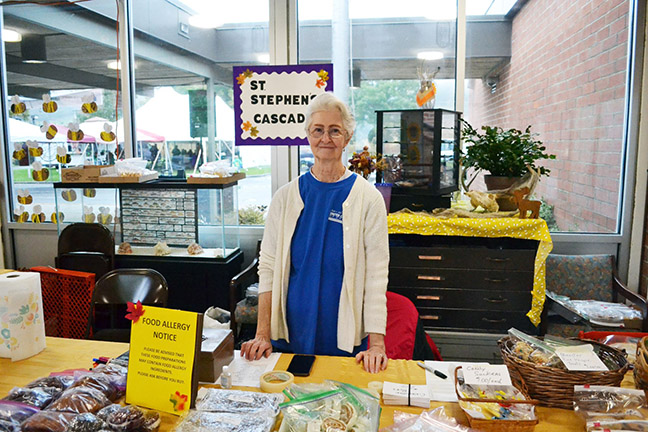
Photos by Blair Garrett
Connie Smith sells baked goods to benefit Saint Stephen’s Church of Cascade during Sabillasville Mountain Fest.

Mount Tabor Park’s Ridgefest sells a variety of donated items to support the park.

Tammy Haycroft shows off her variety of detailed and custom pens at Sabillasville Mountain Fest.

Antietam Dairy serves up ice cream and smiles at Sabillasville Mountain Fest.
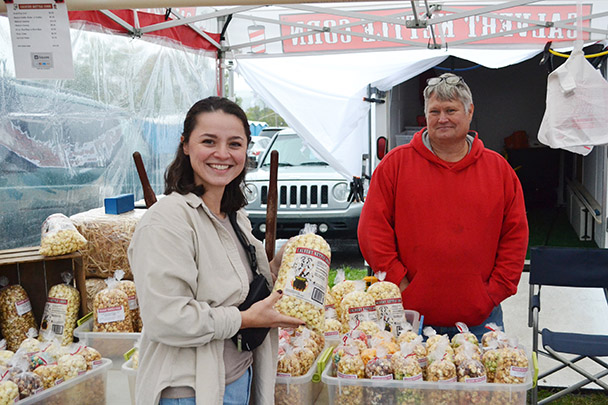
Christiana Graham (left) and Tom Peterson (right) check out some of Colorfest’s tastiest treats at Calvert Kettle Corn.






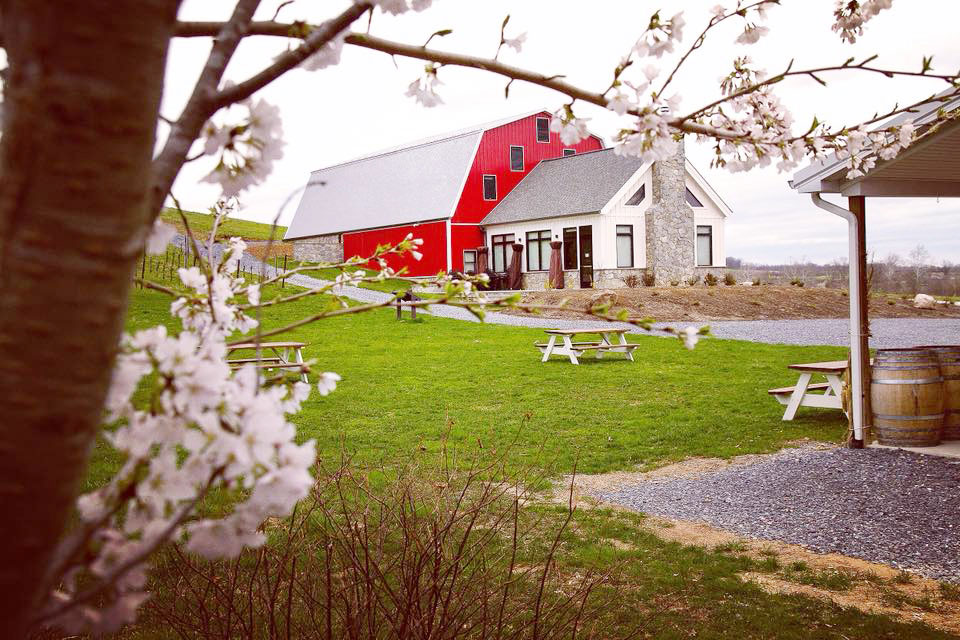
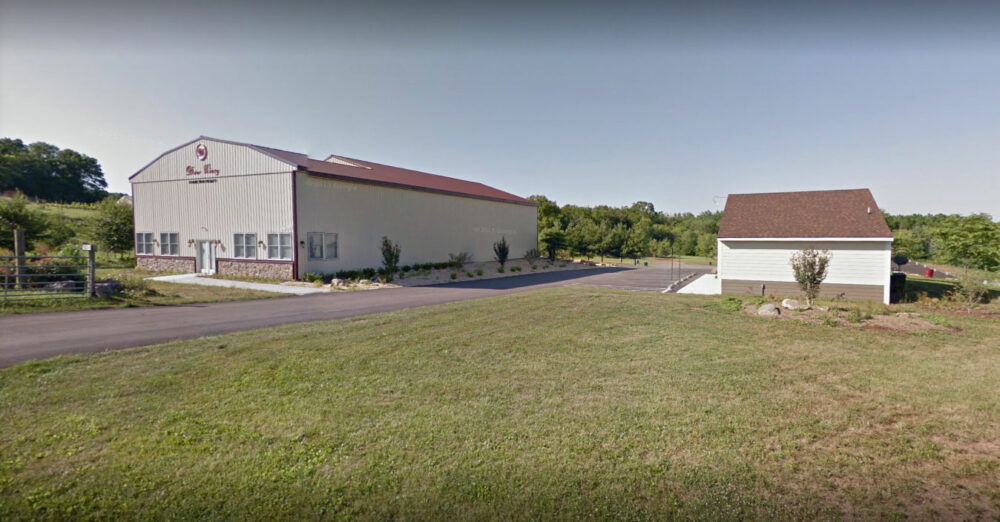

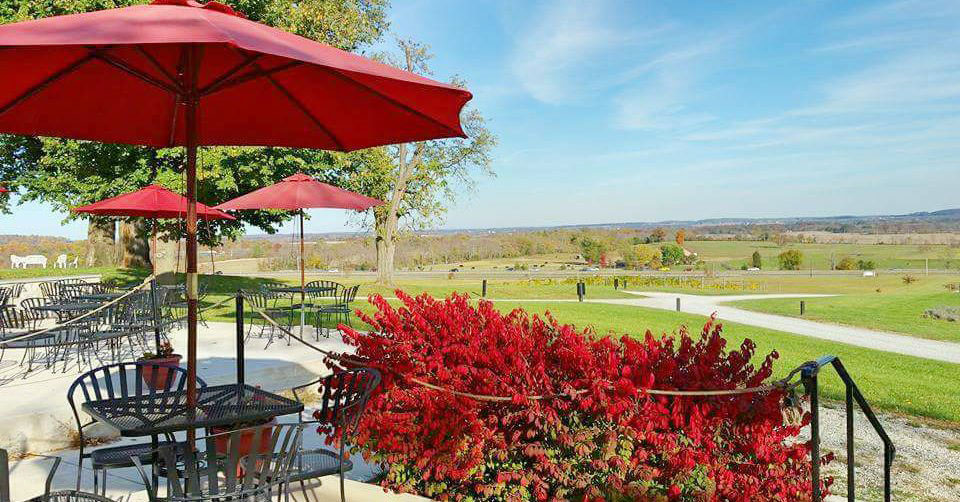
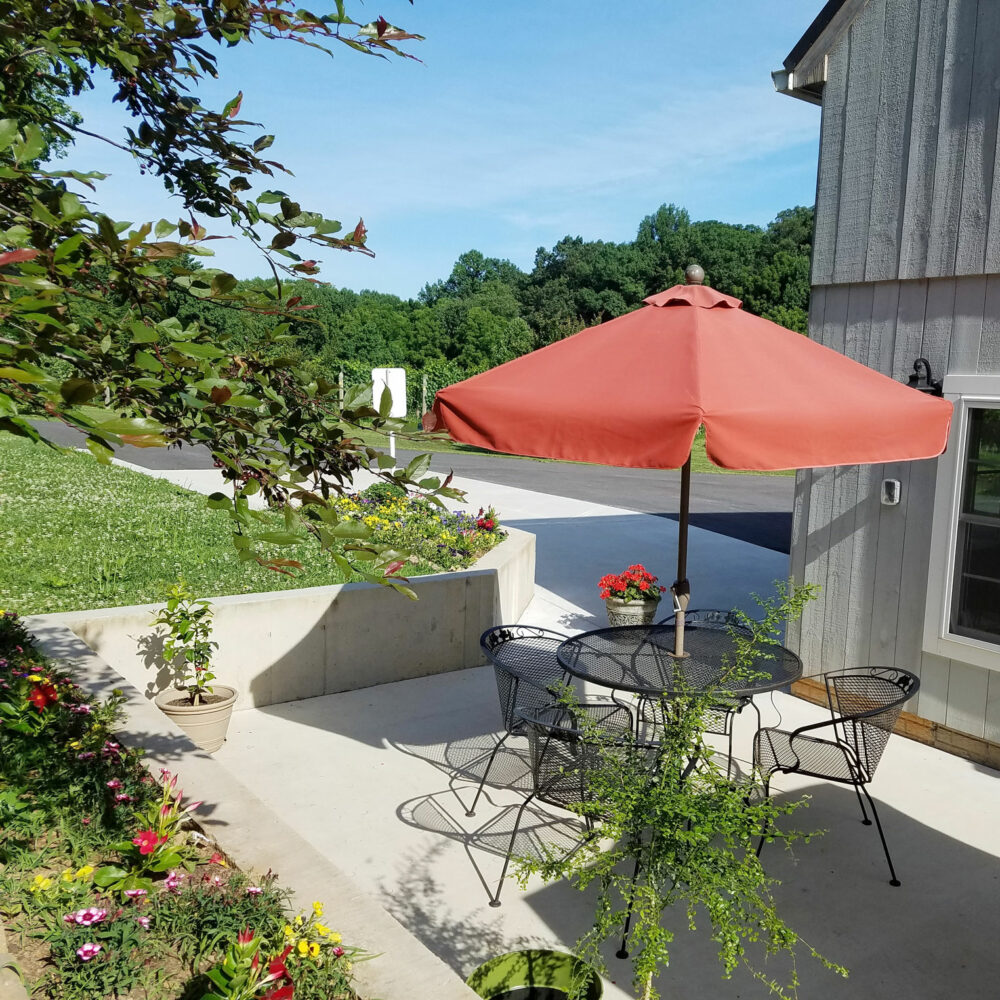

 Award-winning local artist Rebecca Pearl will be at the Thurmont Main Street Center during the Thurmont Gallery Stroll on Friday, November 13, 2015, where the original of her painting “The Spires of Mechanicstown” will be unveiled. The Thurmont Main Street Center happens to be located in the old Thurmont Moravian Church, one of the churches included in her painting.
Award-winning local artist Rebecca Pearl will be at the Thurmont Main Street Center during the Thurmont Gallery Stroll on Friday, November 13, 2015, where the original of her painting “The Spires of Mechanicstown” will be unveiled. The Thurmont Main Street Center happens to be located in the old Thurmont Moravian Church, one of the churches included in her painting.  James Rada, Jr.
James Rada, Jr.



